Cargando...
Recursos educativos
-
Nivel educativo
-
Competencias
-
Tipología
-
Idioma
-
Tipo de medio
-
Tipo de actividad
-
Destinatarios
-
Tipo de audiencia
-
Creador
-
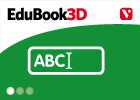
Initial evaluation 02 - Animals
EduBook Organización
- 4237 visitas
Write true (T) or false (F) for each sentence. Invertebrates have bones. ➝ Sea anemones and jellyfish are cnidarians. ➝ Sponges live in the water. ➝ Sea urchins and worms have bilateral symmetry.…
-
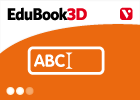
Answer. The Endocrine system
EduBook Organización
- 4158 visitas
Answer the following questions on the endocrine system: What are the chemical substances produced in the endocrine glands called? Where are these substances released? In addition to growth and chemical…
-
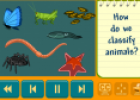
Video: Classifying animals
Tiching explorer Organización
- 5 lo usan
- 4432 visitas
This video introduces the concept of animal classification by showing how scientists separate animals into two main groups (vertebrates and invertebrates), and after intro sub-groups (insects, fish,…
-
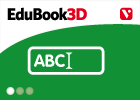
Complete. Animals
EduBook Organización
- 3433 visitas
Write the following words in the correct spaces: bivalves crustaceans echinoderms sponges internal mammals myriapods molluscs fish reptiles vertebrates The seven main groups of animals are , cnidarians,…
-
End-of-unit evaluation - The Animal Kingdom (I). Invertebrates
EduBook Organización
- 3414 visitas
Today our planet is home to a great variety of organisms. This is the result of an evolutionary process that began some 3.5 billion years ago. Invertebrates are a very diverse group of animals that do…
-

Animals of the world
Tiching explorer Organización
- 1 lo usan
- 4506 visitas
The object of this game is to correctly guess the mystery animal using as few clues as we can. We choose one of the five animal groups (fish, mammals, insects, birds, reptiles and amphibians) and then…
-
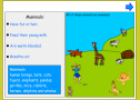
All sorts of animals
Tiching explorer Organización
- 2 lo usan
- 3573 visitas
Interactive lesson guide designed to help us learn about all sorts of animals: mammals, reptiles, fish, amphibians, birds, insects and invertebrates. We read the main features of each group. We need to…
-
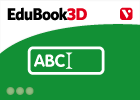
Initial evaluation 04 - Animal reproduction
EduBook Organización
- 2548 visitas
Complete the sentences with the correct words: In most animals there is a male and a . Animals which are born from a mother are called . Animals which are hatched from an egg are called . To become…
-

Learn. The different types of respiration - Animal nutrition
EduBook Organización
- 2541 visitas
Diffusion In unicellular organisms, like the amoeba, respiratory gases are exchanged across the whole surface of the body. These gases then cross the cell membranes by diffusion. Tracheal respiration…
-
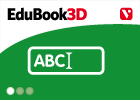
Complete. Fertilisation
EduBook Organización
- 2530 visitas
Complete the text about fertilisation with the correct words: internal reptiles ovum Internal mammals female external Fertilisation of the by the sperm takes place in one of two ways: inside the body of…
Te estamos redirigiendo a la ficha del libro...













